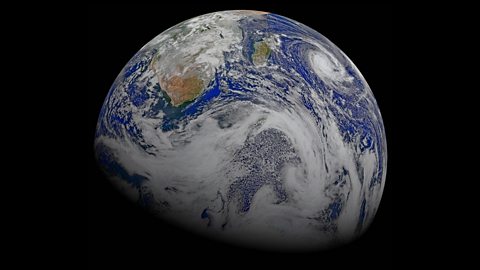Itãs the Earthãs only satellite, and itãs intrigued and confused people on our planet for millennia.
Itãs (probably) safe to say the Moon isnãt made of cheese, but does it affect our sanity? Is it getting closer to us? Does it really have a dark side?
Weãve taken some myths and legends about the moon and debunked them for you.
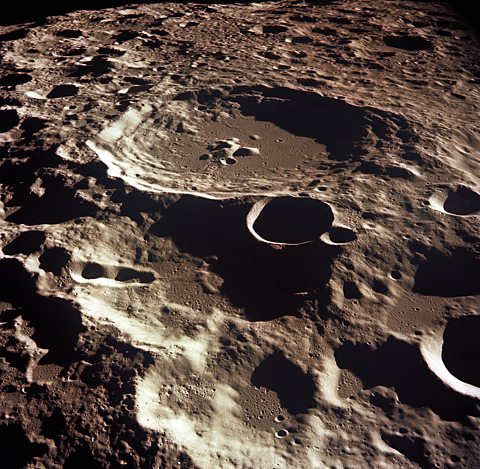 Image source, NASA
Image source, NASAIs there a man in the moon?
Have you ever thought when you look at the Moon, that itãs looked back at you? Donãt worry, youãre not going round the bend - lots of people do, and itãs been called ãthe man in the Moonã.
Itãs not just a person though. All over the world, people see different things on the rocky surface: a rabbit, a pair of hands, even a toad. So why do such a strange collection of creatures call the moon home?
Well of course we know they don't. The moon has a number of craters on its surface, and different ones can be seen from different parts of Earth. These shapes can create pictures in our minds, as we fill in the blanks and decide that it looks most similar to something familiar to us. This process is called pareidolia - itãs why Jesus is found on slices of toast so often.
 Image source, NASA
Image source, NASAIs the moon made of cheese?
You may have first heard this when you watched Wallace and Gromit as a kid, but this fable actually started long before the Wensleydale-loving duo brought it to the big screen.
The myth is thought to originally have come from religious folklore, but the phrase ãthe moone is made o greene cheeseã can be found written in the Proverbs of John Heywood (where he also coins famous phrases such as the more, the merrier) in 1546. Itãs used nowadays as a way of expressing something thatãs beyond fantastical, something that no one will ever believe.
NASA is even in on the joke - on April Foolãs Day in 2002 they posted a picture of an expiration date on the moon that they said theyãd captured using the Hubble Telescope. They said at the time: "To be cautious, we should completely devour the Moon by tomorrow.ã
Does the moon affect peopleãs sanity?
For years, people have believed that the cycle of the moon has had an impact on our psyche. The word lunacy even derives from Luna, the Latin for Moon. In 18th century England, you could get a lighter sentence if you said you were under the influence of a full Moon when committing a crime, and even as recently as the 1940s did a soldier plead for leniency in a murder trial due to ãmoon madnessã. The link with criminality has stuck around for decades since: in 2007, extra police officers were deployed in Brighton during full moons to prevent a feared upswing in crime.
One popular theory linking the full moon to insanity is that the moon affects the tides by pulling water in and out, and so it could be doing the same thing to the water in our bodies and brains. But this has been proved to be entirely false - besides, if it were true, it would exert the same amount of gravitational force whether it was full or not, given that the Moon remains the same size at all points during its cycle, just with different amounts of shadow.
Does the moon affect menstrual cycles?
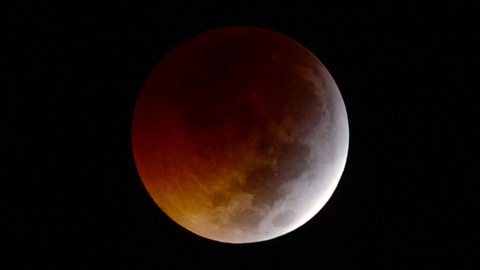 Image source, NASA
Image source, NASAAnother common myth is that the moon affects menstrual cycles. During the red blood full Moon in January 2019, lots of women were convinced it was messing with their periods, and even giving them magical powers.
But again, this is demonstrably false. The only reason thereãs any link at all is because menstrual and moon cycles are very similar in length, meaning some women will happen to start or finish their cycle on a full moon. Nothing more, nothing less.
Is there a dark side of the moon?
Itãs true that we can only see one side of the Moon from Earth. However, itãs definitely not the case that the other side is the dark side, even if it does make a good name for an album.
The truth is, the Moon has day and night, just as the Earth does. They last two weeks, so even though parts will be in darkness for quite a while, it will then see sunlight for a similar amount of time.
Is the moon getting closer to us?
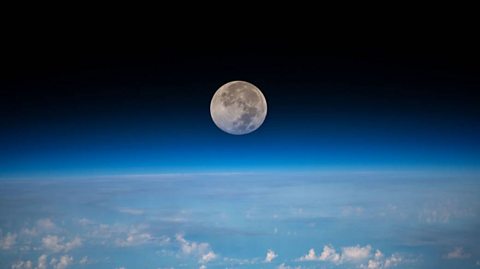 Image source, NASA
Image source, NASANo - in fact, itãs the complete opposite.
NASA says that the Moon is moving away from the Earth at a rate of about one inch per year.
The further the Moon moves away, the slower our planet rotates, which in a couple billion years, could have damaging effects on our seasons, making our winters Arctic and our summers unbearably hot. But we donãt have to worry about that just yet.
This article was published in July 2019
Five things we get wrong about space
Forget everything you thought you knew about space and read this.
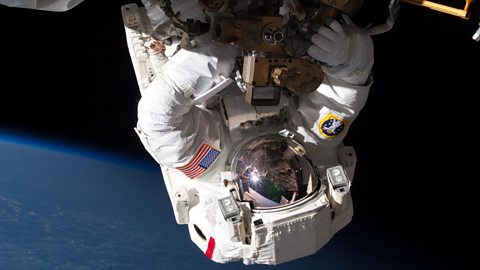
What on Earth can we see from space?
Spoiler alert: it's not the Great Wall of China...
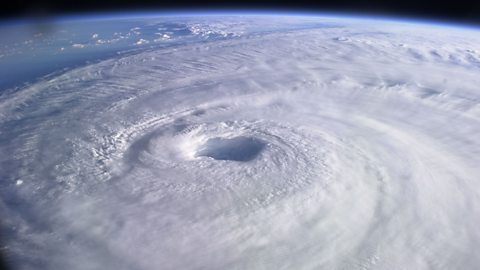
The super-hard Solar System quiz
Blast off into a learning journey with this mind-bending quiz.
